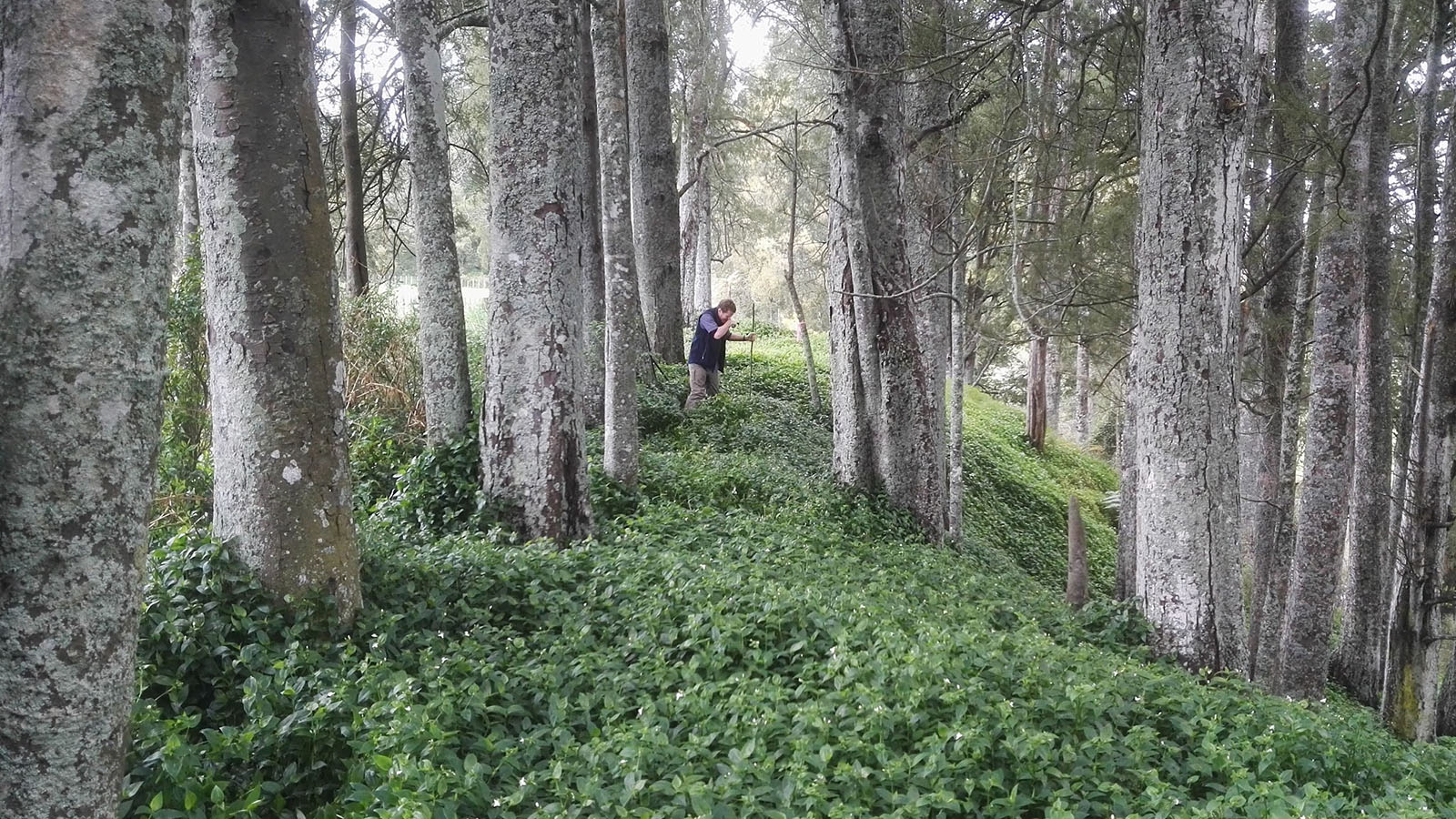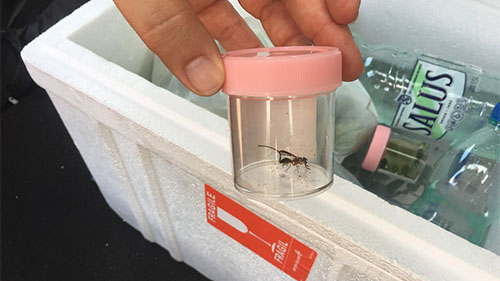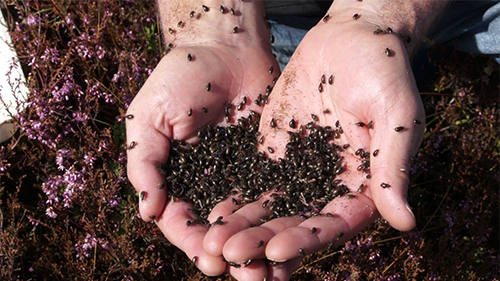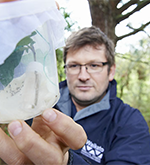 "In Uruguay, woolly nightshade looks like a completely different plant because there are so many things attacking it. The New Zealand plant just looked like it was on steroids."
"In Uruguay, woolly nightshade looks like a completely different plant because there are so many things attacking it. The New Zealand plant just looked like it was on steroids."
Hamish Hodgson
Pest plants biosecurity officer
Waikato Regional Council
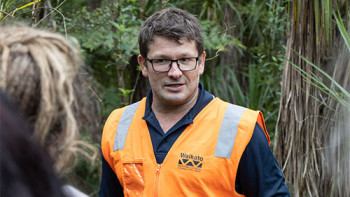
Hamish Hodgson
As a regional council, we’re part of the National Biocontrol Collective that that funds Manaaki Whenua to research into biocontrol. We all contribute to the cost of this research, and this council’s contribution is $60,000 a year.
The National Biocontrol Collective prioritises weeds for biocontrol. Here in the upper North Island, we tend to have similar issues; it can be quite different in the South Island. As a collective, we rank the pest plant species depending on how weedy it is, its impacts and current methods of control, and then Manaaki Whenua does all the work to get us biocontrol agents for consideration of release by the Environmental Protection Authority (EPA).
For each agent, a regional council is nominated the lead to make the application to the EPA.
Waikato Regional Council currently has an application before the EPA to release the moth plant fruit fly.
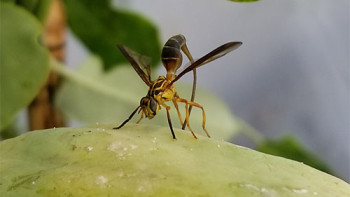
Waikato Regional Council has an application before the EPA to release the moth plant fruit fly
We’re also the lead on a current project for biocontrol of yellow flag iris, which is progressing at a steady pace in South Africa with the iris flea beetle. Yellow flag iris is a significant pest north of Huntly where large sections of the Waikato River are just dominated by it.
About $1 million is spent on each biocontrol agent, and in the past 10 years almost $11 million has been spent by the national collective.
We have been working on the moth plant fruit fly project for about 10 years, getting it to the EPA.
Mothplant is rife in Auckland and Northland. It’s currently found mainly in urban areas in the Waikato, in Hamilton, Coromandel and Pukekohe, but it is spreading.
There are community groups dedicated to controlling this stuff in the Waitakare Ranges, and in Auckland they get more enquiries about its control than any other pest plant.
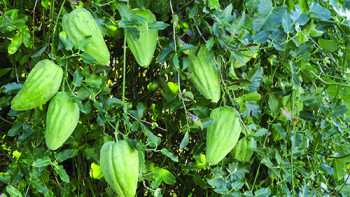
Moth plant, originally from South America, was introduced to New Zealand as an ornamental species in the late 1880s. A fast-growing vine up to 10 metres tall, it can rapidly smother and replace native vegetation. Photo: John Barran
We’ve already had 10 releases of moth plant beetle in Hamilton and Pukekohe. It hasn’t established in Hamilton, but we’ve found a few beetles in Pukekohe, which is exciting, although they seem to be moving north as moth plant is moving south.
Altogether, we’ve documented 667 biocontrol release sites, since 1990, in the Waikato. These releases are not just by the regional council but also by other territorial authorities, Manaaki Whenua and QE II.
The superstars in the biocontrol space in the Waikato as far as establishment goes are three beetles and a spot fungus that target tradescantia. Tradescantia can grow higher than your waist, it changes the forest floor, it blocks the regeneration of native species and it grows super-fast and is impossible to eradicate. The spot fungus is going gang busters. We’ve recently found it in a Hamilton gully at Donny Park, along with the beetles, and it wasn’t even one of the release sites.
The woolly nightshade lace bug, which was released in 2009, is now widespread throughout the Waikato. In Uruguay, woolly nightshade looks like a completely different plant because there are so many things attacking it. The New Zealand plant just looked like it was on steroids.
Releases can take some time to establish, if they take at all. The Honshu white admiral butterfly, which targets Japanese honeysuckle, has established very well in the Karangahake Gorge but nowhere else. We don’t know why! And we’ve done 19 releases of privet lace bug which has established but is not widespread, with the best site in the Coromandel Peninsula. Other releases in the Waikato include the moth plant beetle, moth plant lace bug, tutsan beetle, broom gal mite and green thistle beetle.
We can support community groups and landowners to help us establish biocontrol agents within the Waikato. We have sites where you can see them and catch them, and then move them on to other locations for further establishment.

